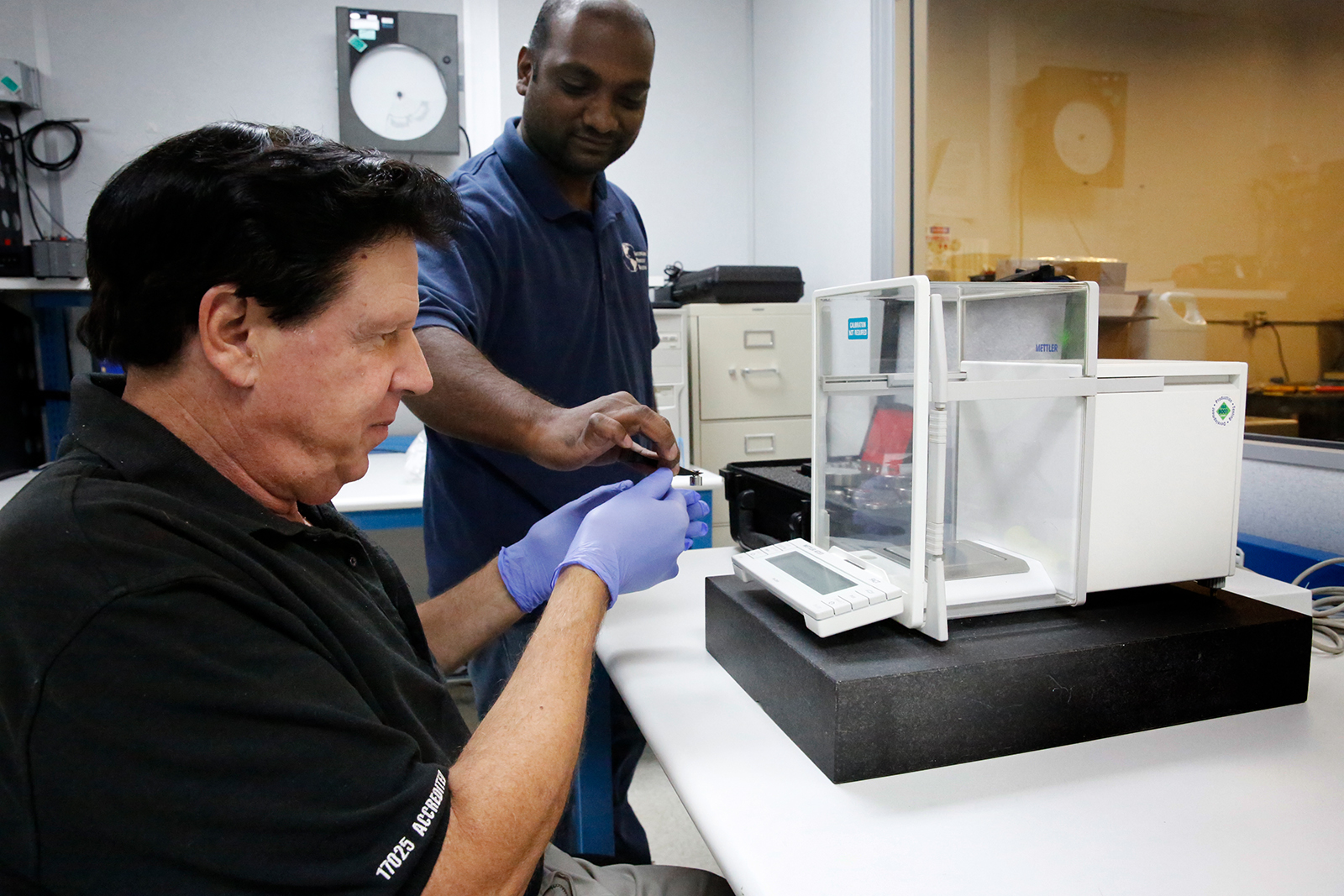
In the realm of scientific inquiry and industrial application, the precision and accuracy of measurements are paramount. Calibration represents a fundamental process through which the accuracy of measuring instruments is both verified and validated, ensuring that measurements align closely with the true values or standards. This article delves into the intricate details of calibration, its methodologies, significance, and the impact it has on the reliability of measurement results across various domains.
Calibration is a procedure that involves comparing the readings from an instrument being tested against a reference standard of known accuracy. This process identifies any discrepancies between the two sets of readings and allows for the adjustment of the instrument to minimize any errors. The importance of calibration cannot be overstated, as it directly influences the quality, safety, and efficacy of products, scientific research, and manufacturing processes.
Calibration techniques can vary significantly depending on the type of instrument being calibrated and the specific requirements of the measurement application. However, several common procedures are universally recognized for their effectiveness in ensuring measurement accuracy.
The primary goal of calibration is to minimize measurement errors, which can be broadly classified into systematic errors and random errors. Systematic errors are predictable and can be corrected through calibration, while random errors are inherently unpredictable but can be minimized through improved measurement practices and instrument design.
By rigorously applying calibration procedures, organizations can enhance the reliability and confidence in their measurement results. This is crucial for maintaining compliance with industry standards, regulatory requirements, and quality assurance protocols.
The economic implications of calibration are significant, as accurate measurements can lead to improved product quality, reduced waste, and increased efficiency in production processes. Furthermore, in industries such as aviation, pharmaceuticals, and energy, accurate measurements are critical for ensuring safety and compliance with stringent regulatory standards.
The frequency of calibration is determined by several factors, including the type of instrument, its usage, the importance of the measurements it produces, and the stability of its measurements over time. Best practices in calibration include:
Calibration is a critical component in the assurance of measurement accuracy, impacting a wide array of sectors including manufacturing, healthcare, environmental monitoring, and scientific research. Through the diligent application of calibration procedures, organizations can achieve the highest levels of accuracy and reliability in their measurements, fostering trust in their products, processes, and research outcomes. As technology advances and measurement requirements become more stringent, the role of calibration in maintaining and enhancing measurement accuracy will continue to grow in importance.
No Comments